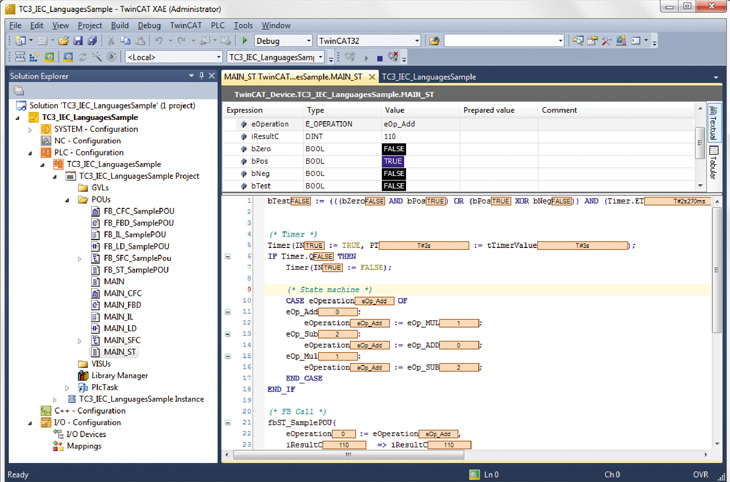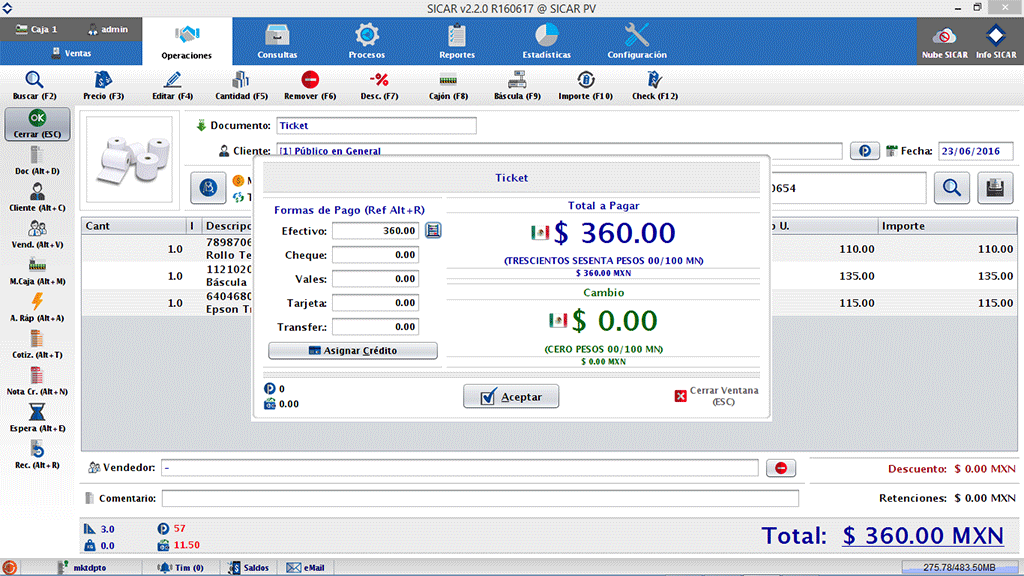

- Vcenter 6.0.0 keygen install#
- Vcenter 6.0.0 keygen update#
- Vcenter 6.0.0 keygen Patch#
- Vcenter 6.0.0 keygen upgrade#
- Vcenter 6.0.0 keygen software#
Review the summary and click on Finish.Configure a temporary network identity, once the VCSA 6.5 has been successfully upgraded it will take the network identity of the old VCSA 6.0.Select the datastore where the VCSA 6.5 will be stored.
Vcenter 6.0.0 keygen update#
Vcenter 6.0.0 keygen upgrade#

Vcenter 6.0.0 keygen install#
You can also use this ISO for a fresh install as well.Stage 1 – Deploying the vCenter Appliance (VCSA) 6.5 It’s just a matter of mounting the ISO and running the autorun and letting it do an update.

For the Windows installation, you need to download the ISO from VMware labeled VMware-VIMSetup-all-6.0.0-2800571.iso noting that the last number there is the installer build version which correlates to 6.0.0b. Thanks for reading and stay tuned for more!Įdit: I forgot to mention that you should also upgrade your vCenter Server to 6.0.0b as well. I will update this post should further issues arise. I’ve successfully patched 3 machines without issue. Everything seems to work well including my LSI SMIS provider so that I can manipulate the RAID controller from a remote machine. I have had the server up for about 18 hours after applying the patch. Once you reboot and have the host back up you will notice that the versioning is updated (note that the capture below was when patching a Dell host, not my Lenovo hence the image profile):Īnd, when you’re all up and running on ESXi 6.0.0b you should be able to see your hardware status as well: The console will hesitate for a second and then indicate that a whole bunch of packages were updated and indicate that the system needs a reboot:
Vcenter 6.0.0 keygen software#
So, I simply downloaded the update (ESXi600-201507001.zip), SCP’d it over to my host ( /var/tmp) and then SSH’d into each host and ran:Įsxcli software vib update –depot=/var/lib/ESXi600-201507001.zip I don’t have my two hosts in a cluster and therefore don’t use VUM since vCenter will go down with the host.
Vcenter 6.0.0 keygen Patch#
If you’re using VMware Update Manager the patch will be available through the VMware depot. A reboot would fix it, but that’s a hassle since my firewall/router is virtualized along with my DC (DNS), etc. It was annoying, though, because I could not see my LSI controller status (or any status at all) through the “Hardware Status” tab in vCenter. I didn’t dig too deep into my issue when it’d happen as I only had the host up for about 60 – 65 days on vSphere 6.0 GA. VMware identifies this issue, somewhat vaguely, as involving a memory leak based around CIM providers and Small-Footprint CIM Broker (sfcb) services. I’m not sure what exactly causes it to stop reporting status. My Lenovo TS140 host would stop reporting hardware status after ~20 – 30 days of up-time.

It seems as though VMware is considering both of these issues fixed, so that’s good. One of my issues was that I had weirdness setting up NTP during installation and I’ve also had issues with the being able to monitor hardware status from within vCenter Server. I’ve had a couple issues while using vSphere 6. The release notes are available here.Īs you may or may not know, I run vSphere 6.0 in my home lab (on a Lenovo TS140 that has been built up as well as a Dell R710). On 07 July 2015, VMware released their ESXi 6.0.0b patch. Just got back from a nice vacation so I had been away and not doing a whole lot with IT stuff! Hi everyone – thought I’d throw this up here.


 0 kommentar(er)
0 kommentar(er)
